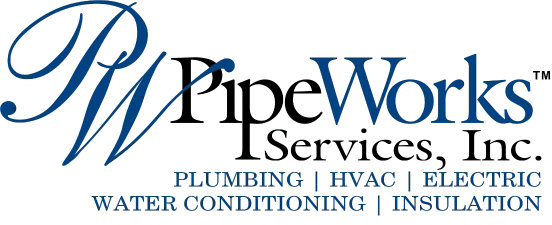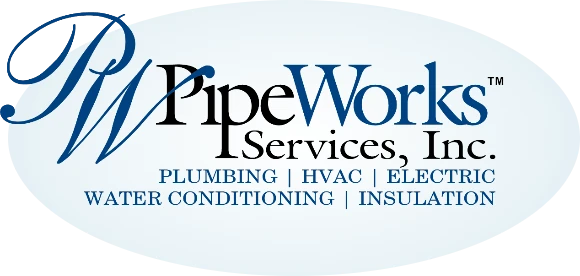Carbon monoxide poisoning kills dozens of people in the United States every year. But these deaths can be avoided if reliable carbon monoxide detectors are installed in the right places. Since carbon monoxide is a colorless, odorless gas derived from the incomplete combustion of fire products, a carbon monoxide detector is essential for detecting its presence. Are You at Risk?
You are at potential risk for carbon monoxide poisoning if you have any products that use burnable fuel, such as wood, coal, gasoline, oil, kerosene, and petroleum. Although such poisoning can occur throughout the year, it is most common in the winter due to gas-, wood- or coal-fueled heating systems. In the winter, doors and windows are shut tightly and perhaps even weatherproofed to cut down on drafts. This keeps carbon monoxide fumes from escaping the house. Consequently, the odorless gas accumulates, causing illness and sometimes death.
Where To Place Detectors According to National Fire Protection Agency guidelines for carbon monoxide detectors, you should place one outside each occupied bedroom, and the detector should be attached to the wall or ceiling. This ensures that each member of the household is protected while sleeping (carbon monoxide-related deaths typically occur while the victim is sleeping).
Do not install a carbon monoxide detector within 15 feet of fuel-burning appliances or furnaces, as many of them give out a small amount of carbon monoxide upon startup.
Also, do not install a detector in very humid rooms of your house, as that can trigger the alarm.
If you have any questions about carbon monoxide detectors, contact us at Pipe Works Services. We have been serving New Jersey homeowners since 2000. Our goal is to help educate our customers about energy and home comfort issues (specific to HVAC systems). For more information about carbon monoxide detectors and other HVAC topics, download our free Home Comfort Resource guide. Pipe Works Services serves Chatham, NJ, and the surrounding areas.



